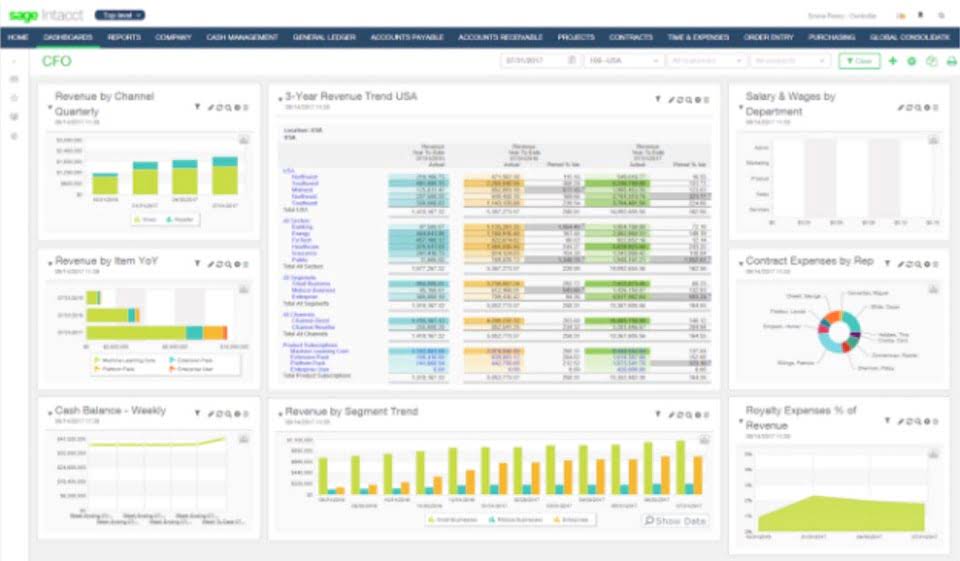The accounting equation will always balance because the dual aspect of accounting for income and expenses will result in equal increases or decreases to assets or liabilities. Accounting equation describes that the total value of assets of a business entity is always equal to its liabilities plus owner’s equity. This equation is the foundation of modern double entry system of accounting being used by small proprietors to large multinational corporations. Other names used for this equation are balance sheet equation and fundamental or basic accounting equation. Due to this, the accounting equation is also called the balance sheet equation sometimes. The balance sheet is the linchpin of the structural integrity of the three key financial statements.
Any debt which is not to be paid within a year is called long-term debt. The companies usually borrow long-term debt to finance a new long-term project such as a new factory. On the liabilities side of a balance sheet, short-term and long-term debt are listed first of all. These are the payments that are to be paid to the company by its customer. tax implications of equity These are also considered an asset, but accounts receivables are not as liquidate as Cash. This can be a serious asset to have when a company is experiencing a cash-flow problem.
Sole Proprietorship Transaction #6.
If the expanded accounting equation is not equal on both sides, your financial reports are inaccurate. You can download our free excel workout to test your understanding of the accounting equation. An income statement will also be produced and explains the changes in retained earnings during the period. Net property plant and equipment ppande definition income increases retained earnings balance; dividends decrease it. Owner’s equity is the remaining of what the company has after deducting all liabilities from its total assets.
The accounting equation.
You only enter the transactions once rather than show the impact of the transactions on two or more accounts. The accounting equation asserts that the value of all assets in a business is always equal to the sum of its liabilities and the owner’s equity. For example, if the total liabilities of a business are $50K and the owner’s equity is $30K, then the total assets must equal $80K ($50K + $30K). The accounting equation mirrors the structure of the balance sheet, with assets listed on one side and liabilities and equity on the other. This alignment ensures the balance sheet always reflects a company’s financial position accurately. This balance reflects the interconnected nature of financial transactions, preventing errors and omissions.
The three arrangements of the accounting equation
Understanding how the accounting equation works is one of the most important accounting skills for beginners because everything we do in accounting is somehow connected to it. Get instant access to video lessons taught by experienced investment bankers. Learn financial statement modeling, DCF, M&A, LBO, Comps and Excel shortcuts. Simply put, the rationale is that the assets belonging to a company must have been funded somehow, i.e. the money used to purchase the assets did not just appear out of thin air to state the obvious. Net value refers to the umbrella term that a company can keep after paying off all liabilities, also known as its book value.
How does the accounting equation relate to the balance sheet?
- The double-entry system requires a company’s transactions to be entered/recorded in two (or more) general ledger accounts.
- This is a contra owner’s equity account, because it has a debit balance if draws were made.
- The accounting equation tells us that ASI has assets of $10,000 and the source of those assets were the stockholders.
- These are the opposite of account receivables; they are payments that a company has to make to its suppliers.
- Part of the basics is looking at how you pay for your assets—financed with debt or paid for with capital.
- Said a different way, liabilities are creditors’ claims on company assets because this is the amount of assets creditors would own if the company liquidated.
Like any mathematical equation, the accounting equation can be rearranged and expressed in terms of liabilities or owner’s equity instead of assets. If a company’s assets were hypothetically liquidated (i.e. the difference between assets and liabilities), the remaining value is the shareholders’ equity account. Whether you call it the accounting equation, the accounting formula, the balance sheet equation, the fundamental accounting equation, or the basic accounting equation, they all mean the same thing. On the other hand, double-entry accounting records transactions in a way that demonstrates how profitable a company is becoming. Investors are interested in a business’s cash flow compared to its liability, which reflects current debts and bills.
Why is the accounting equation important?
When a company records a business transaction, it is not recorded in the accounting equation, per se. Rather, transactions are recorded into specific accounts contained in the company’s general ledger. The accounts are designated as an asset, liability, owner’s equity, revenue, expense, gain, or loss account. The amounts in the general ledger accounts will be used to prepare the balance sheets and income statements.
Without the balance sheet equation, you cannot accurately read your balance sheet or understand your financial statements. Equity on the other hand is the shareholders’ claims on the company assets. This is the amount of money shareholders have contributed to the company for an ownership stake.
As a result these items are not reported among the assets appearing on the balance sheet. Since ASI has not yet earned any revenues nor incurred any expenses, there are no amounts to be reported on an income statement. The remaining parts of this Explanation will illustrate similar transactions and their effect on the accounting equation when the company is a corporation instead of a sole proprietorship. ASC’s liabilities increased by $120 and the expense caused owner’s equity to decrease by $120. The totals indicate that ASC has assets of $9,900 and the source of those assets is the owner of the company.
Accounting Equation Formula and Calculation
- CFI is the global institution behind the financial modeling and valuation analyst FMVA® Designation.
- Equity is usually shown after liabilities in the accounting equation because liabilities must have to be repaid before owners’ claims.
- Net income increases retained earnings balance; dividends decrease it.
- It specifically highlights the amount of ownership that the business owner(s) has.
- Without the balance sheet equation, you cannot accurately read your balance sheet or understand your financial statements.
- Insurance Expense, Wages Expense, Advertising Expense, Interest Expense are expenses matched with the period of time in the heading of the income statement.
It too provides a source of funding but is capital expenditures different from a liability because no repayment obligation exists. Retained earnings are all the profits made to date but unpaid to the owners in the form of dividends. Because profits are generated for the shareholders, retained earnings is theoretically due to the business owners. In this case, there is no transaction that can make the equation not balanced. If there is, it would only mean one thing which is there is an error in accounting.
If your business uses single-entry accounting, you do not use the balance sheet equation. Well, the accounting equation shows a balance between two sides of your general ledger. Single-entry accounting does not require a balance on both sides of the general ledger. If you use single-entry accounting, you track your assets and liabilities separately.
Examples include cash, investments, accounts receivable, inventory, supplies, land, buildings, equipment, and vehicles. The purchase of a corporation’s own stock will never result in an amount to be reported on the income statement. Therefore, there is no transaction involving the income statement for the two-day period of December 1 through December 2.




